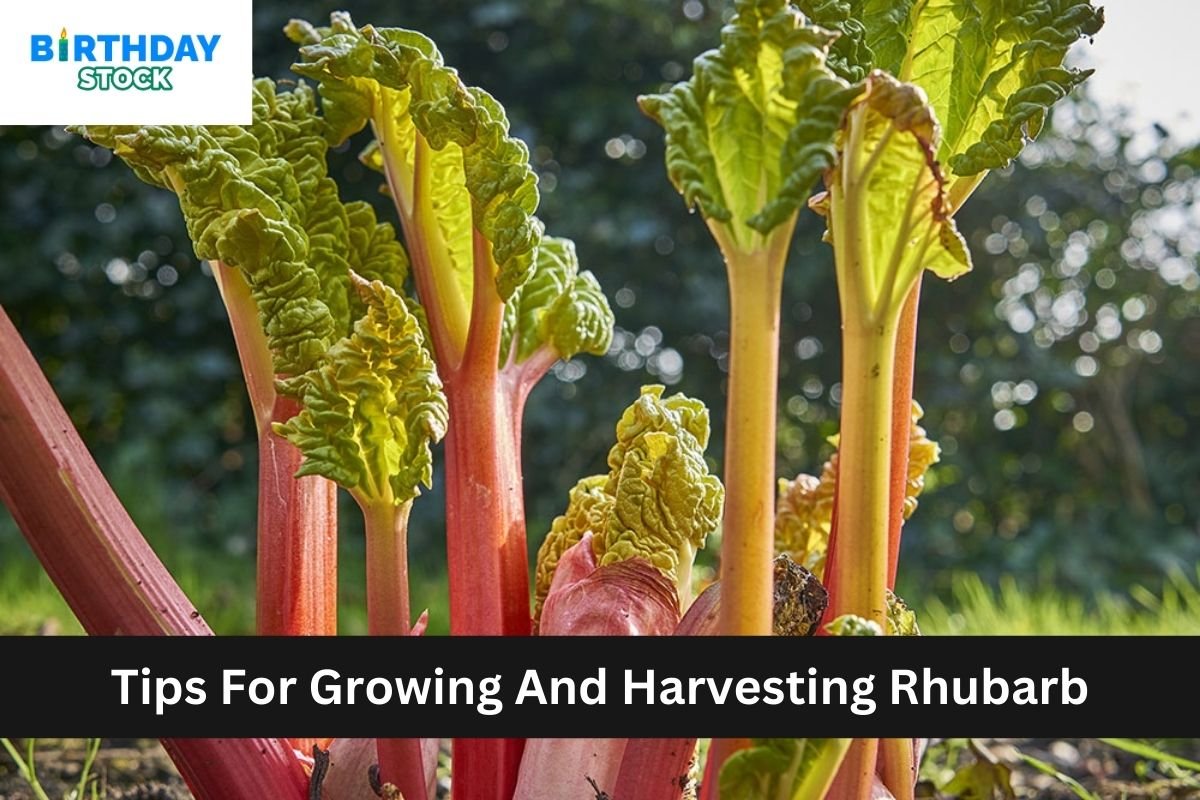How To Get Your Thanksgiving Cactus To Bloom: The Thanksgiving cactus, or Schumbergera truncata, is a popular houseplant that is loved for its bright flowers that show up in late November.
How To Get Your Thanksgiving Cactus To Bloom
It can be hard to get your Thanksgiving cactus to bloom, though. Here are specific steps you can take to make sure your plant looks beautiful this holiday season.
Understanding the Thanksgiving Cactus
To begin, you need to know your plant. People often mix up the Thanksgiving cactus with the Christmas cactus (Schlumbergera bridgesii) and the Easter cactus (Hatiora gaertneri), which are all very similar.
The leaves of the Thanksgiving cactus have sharp, claw-like segments, while the leaves of the Christmas cactus have more rounded edges. Knowing these differences will help you give the right care.
Light
Thanksgiving cacti like bright light that comes from the side. If the leaves get too much direct sunlight, they may turn red or purple.

A window that faces east is best, but a window that faces north will also do. Only have a window that faces south or west? Use sheer curtains to spread the light around.
Temperature
The best temperatures for these cacti are between 60°F and 70°F (15°C and 21°C) during the day and a little cooler at night.

Cooler temperatures, around 50–55°F (10–13°C), should be around the plant for a few weeks before it’s supposed to bloom. This will help it flower.
Humidity
Unlike most desert cacti, Thanksgiving cacti like it when it’s more humid. If you want to keep the air moist, mist your plant every so often or put a humidity tray under the pot.
Watering
When the top inch of soil feels dry, give your Thanksgiving cactus a lot of water. Be careful not to water too much, as this can cause root rot.

If the pot doesn’t have drainage holes, don’t let the plant sit in water. You might need to water more often in the spring and summer when plants are actively growing.
Feeding
If you want to help your Thanksgiving cactus grow, you should give it a balanced, water-soluble fertilizer every two to four weeks.
In late summer and early fall, feed less to help plants bloom. High-nitrogen fertilizers make leaves grow faster than flowers, so stay away from them.
Also See:
10 Healthy Condiments – You Should Know
Common Problems and Solutions
Bud Drop
If the buds on your cactus fall off before they bloom, it could be because of sudden changes in light, temperature, or humidity.
Make sure the conditions for your plant are stable by keeping drafts and sudden drops in temperature at bay.
Pests
Pests rarely bother Thanksgiving cacti, but mealybugs and spider mites do happen from time to time.
If you see bugs on the plant, use insecticidal soap or neem oil to kill them, and make sure it is in a place with good air flow.
Yellowing Leaves
Some plants may have yellow leaves if they get too much water or don’t drain well. Make sure the pot your plant is in has good drainage, and let the soil dry out between waterings.
Change how often you water based on the season and the humidity in your home.
Final Tips
Patience matters: Soft blooming is possible. If your cactus failed to bloom, assess the situation and make changes for next year.
Schedule it: Monitoring light, temperature, and watering can help you create optimal blooming conditions.
Plant Health: A healthy Thanksgiving cactus blooms more. Watering, feeding, and pruning will keep your plant healthy and ready to flower.















